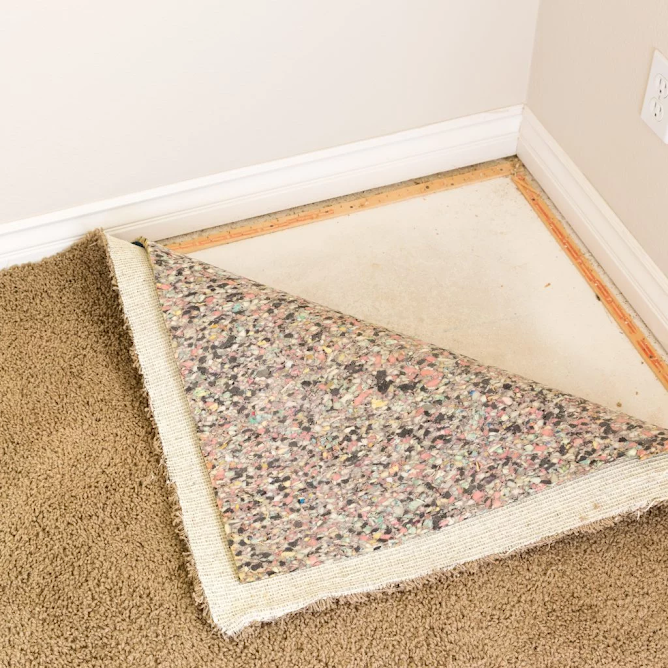How to Incorporate Hand-Tufted Carpets in Modern and Traditional Interiors: Styling Tips
In an era where sustainability is paramount, Hand Tufted Carpetsemerge as eco-friendly options that combine luxury with a commitment to the environment. Crafted with a focus on minimizing ecological impact, these carpets utilize responsibly sourced materials, including natural fibers and recycled yarns.
Renewable and biodegradable material
Artisans often choose wool, a renewable and biodegradable material, for hand-tufted carpets. Wool's inherent properties, such as stain resistance and flame retardancy, make it a practical and sustainable choice. Additionally, some manufacturers incorporate recycled fibers into the tufting process, further reducing the environmental footprint of these carpets.
Energy-intensive machinery
The craftsmanship involved in hand-tufted carpets also contributes to their sustainability. The handmade nature of these carpets minimizes the need for energy-intensive machinery, reducing overall energy consumption. The longevity of hand-tufted carpets adds to their eco-friendly credentials, as they are designed to withstand wear and tear, reducing the frequency of replacements.
Conclusion
Choosing Hand Tufted Carpetsreflects a commitment to both luxury and environmental responsibility. By incorporating these carpets into interior spaces, individuals can enjoy the opulence of a finely crafted floor covering while contributing to a more sustainable and eco-conscious lifestyle. Hand-tufted carpets stand as a shining example of how craftsmanship and sustainability can coexist, creating products that are not only beautiful but also mindful of the planet.




Comments
Post a Comment